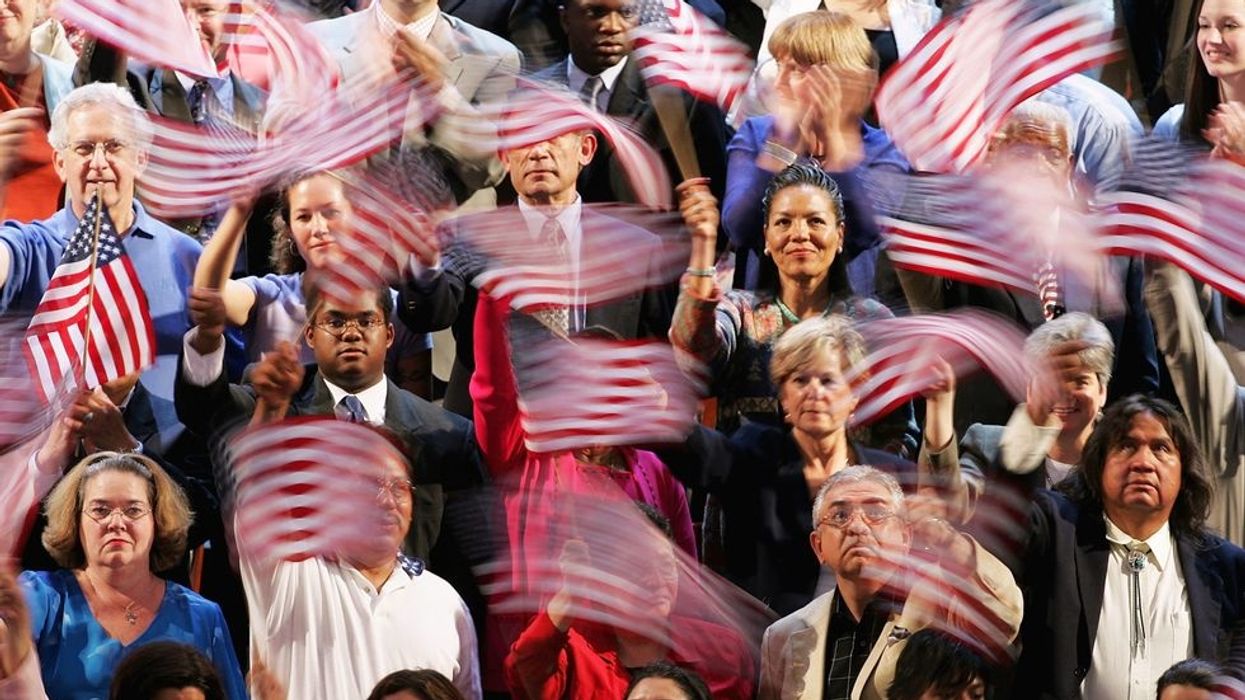Annie Caplan (she/her) is a former librarian and currently the Libraries Partner for Living Room Conversations. She provides consulting, tools, and resources for libraries across the country to hold community conversations.
Cristy Moran (she/ ella) is the Adult Library Services Senior Consultant at the Colorado State Library. She is the librarian’s librarian, facilitating equitable access to resources to libraries across the state so that libraries can provide equitable access to resources to all members of their communities.
People may hear the word "library" and imagine librarians sitting behind a circulation desk, reading a book and telling patrons to be quiet. What many folks may not know, is that most of us are spending our days imagining ways to transform our communities from the inside out. Do you want to know what countless library staff are really doing behind the scenes? Coordinating activities and programs that draw neighbors into a shared space to enter in conversations, exchange ideas, ask questions, tell their stories, and - in short - talk. We’re dreaming up ways to foster shared experiences for our neighbors and then putting them into action with programs and events that showcase the vibrant communities in which we live and the hard work that goes into them. One of the cornerstone programs that we facilitate are community conversations.
Libraries have been described as “America’s most democratic institution” and they are. Public libraries are a reflection of the communities, their values and their needs. Libraries are natural gathering places for the public because they are situated in their communities and provide open, free, safe spaces to be. Libraries invite people from an array of lived experiences, backgrounds, perspectives, and beliefs to share space together and to engage in conversations where they can share their own stories, as well as listen to the stories of others. Libraries have unlimited potential to expand their community impact. When we bring our communities together in conversation, we connect people back to our shared humanity.
Throughout our collective time in the library world, we have organized, facilitated, and witnessed community conversations in libraries across the country. We are continually blown away by the understanding built, connections fostered, and relationships formed as these conversations unfold.
After holding a series of community conversations at her library, Josie Brockmann, Adult Services Librarian at Longmont Public Library, commented, “Nowadays, we may be even closer to bridging our divides because of the amount of people we can reach, the amount of different people we can meet, and people’s stories that we can hear that we never would have been able to hear before. For our national health, our spiritual health, and our individual health, we need to learn to talk to each other.”
When we engage in conversation with each other, we break down the walls that make us “other” and recognize our similarities, shared values, and common needs. When people tell their stories, we learn why they believe what they do. When we share our experiences, we come to see that even though we may have vastly different opinions about certain issues, we all want what’s best for our families and loved ones.
During these times of increasing polarization, community conversations in libraries continue to show us there is so much more that connects us than divides us. Conversations remind us that we’re in this together. We are each members of a bigger unit. We use the same roads. We shop at the same stores. We drink the same water.
We believe real, sustainable, cultural change starts from the ground up. We don't know how we as a society achieve racial and gender equity. We don't know how to reverse climate change and bridge the wealth gap. We don't know how to heal our nation's political divides or address the countless social and environmental issues facing our communities, nation, and world. But, we do know that if we want to stand a chance at changing things, we have to first talk about them. There is no better time than now for us to make a way for conversations in our communities - and libraries can play a revolutionary part.
National Week of Conversation (NWOC) encourages us to consciously show up and enter into conversation with one another. It is an opportunity for us to unite, connect, and heal together. Whether you are a library professional, patron, or fellow member of your community, you can learn more about getting involved at https://conversation.us/libraries/ or email annie@livingroomconversations.org.

















